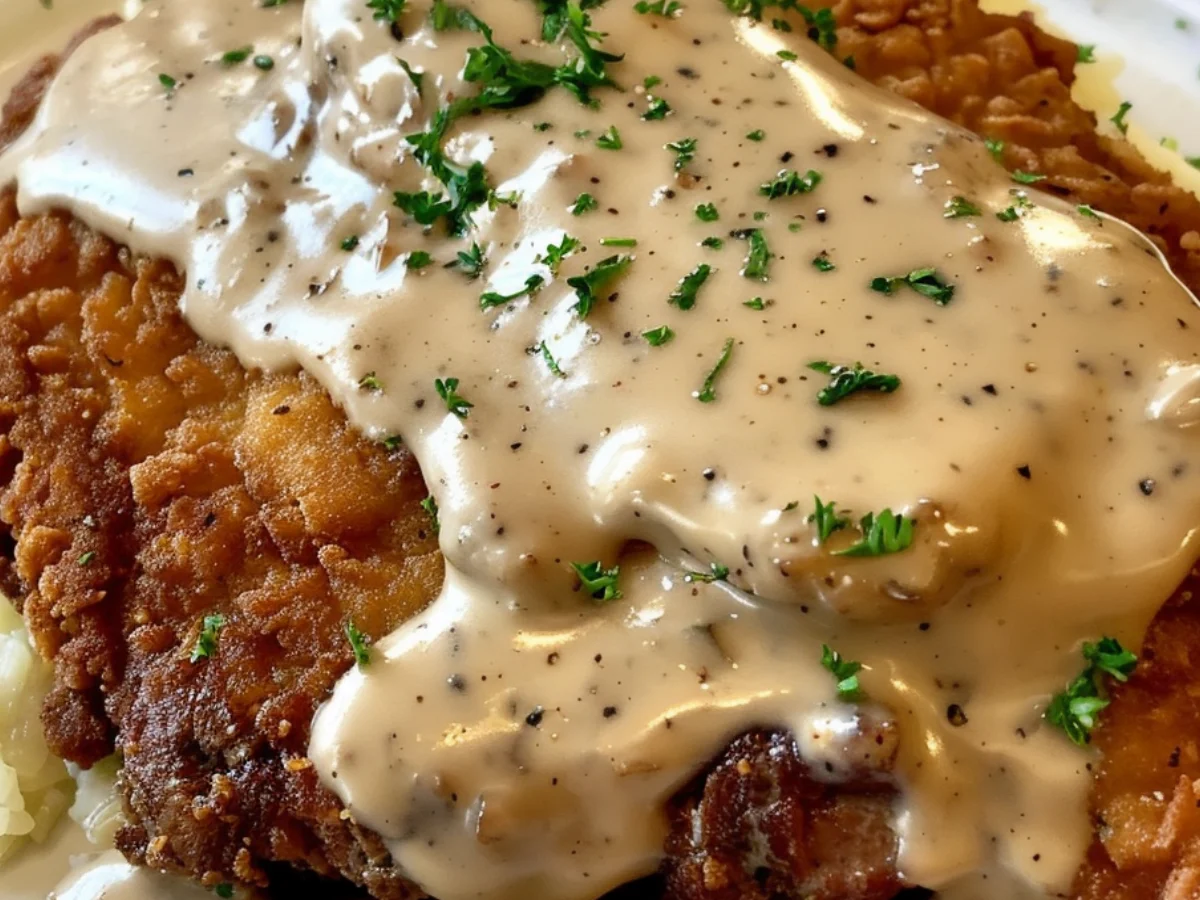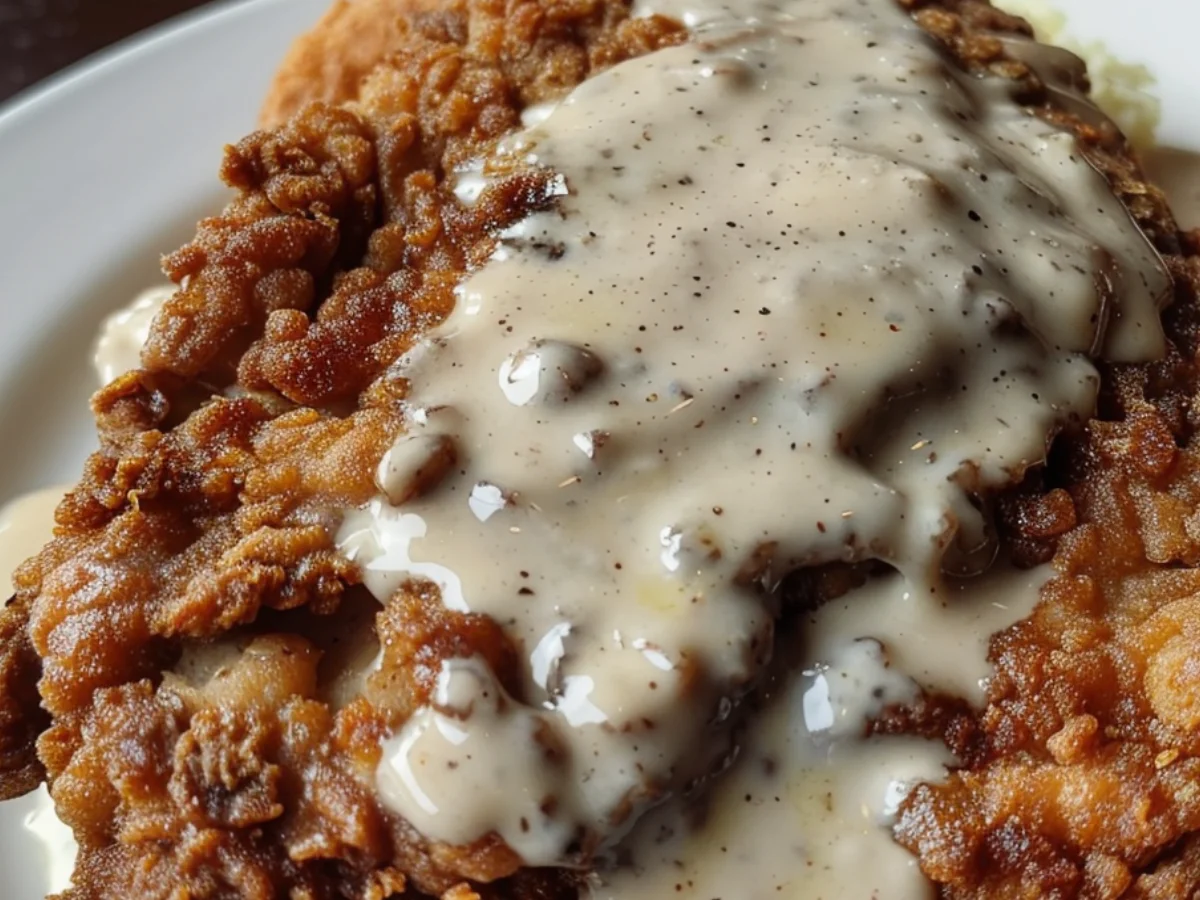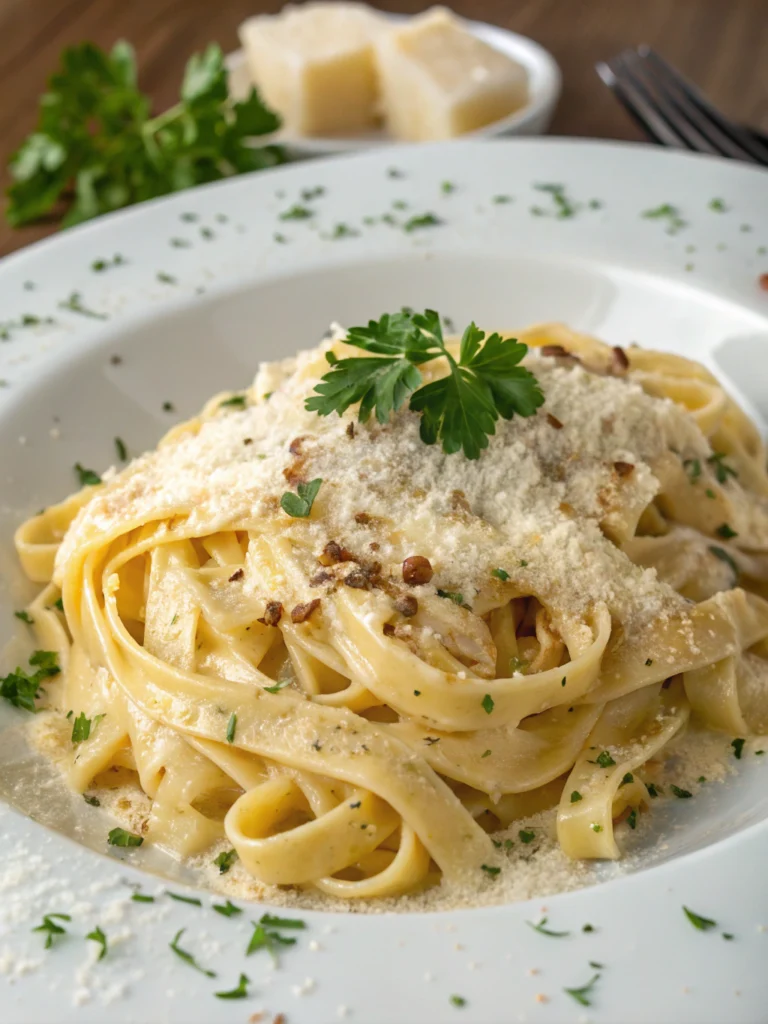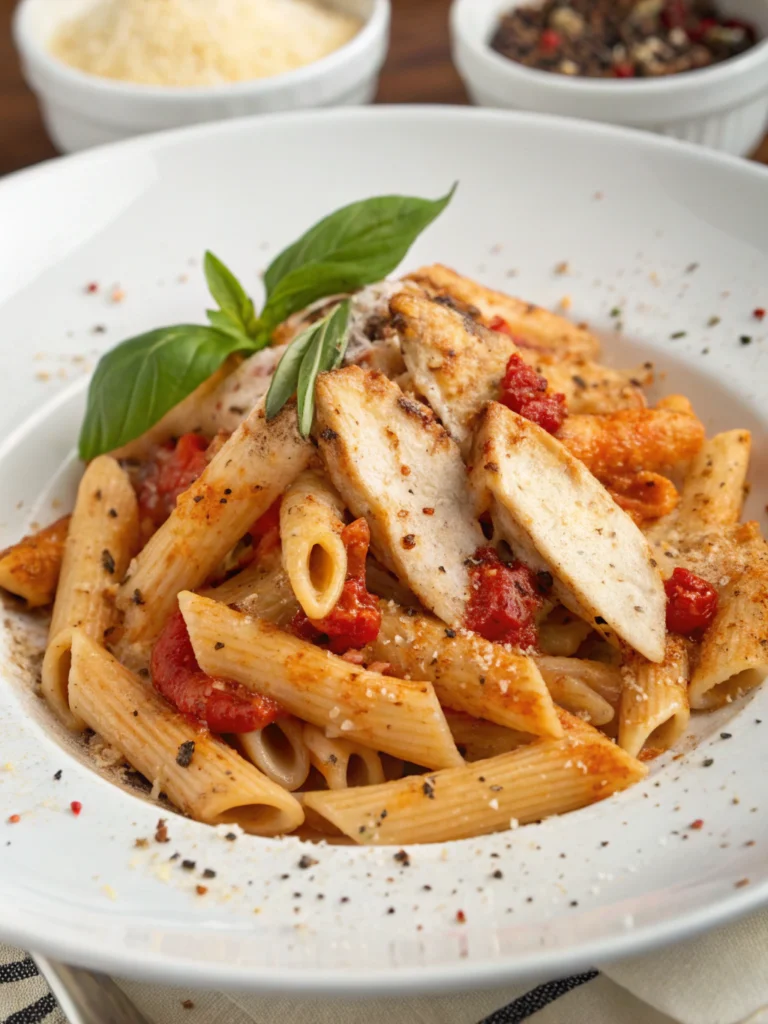There’s something special about a well-cooked Chicken Fried Steak Recipe that’s crispy on the outside and tender on the inside. For me, it’s a comfort food classic that’s perfect for any occasion.
My take on this Southern favorite has been perfected over years of cooking for my family. The key is achieving that perfect crispy coating that stays put, and I’m excited to share my secrets with you.
This recipe is versatile enough to be served for dinner with classic sides or breakfast with eggs, making it a great option for both special occasions and family dinners.
Key Takeaways
- Simple and tasty version of the classic Southern chicken fried steak
- Achieve a perfectly crispy coating on the outside with tender meat inside
- Versatile recipe suitable for dinner or breakfast
- Perfect for both special occasions and family dinners
- Detailed instructions for mastering this comfort food favorite

What Makes Chicken Fried Steak a Southern Classic
With its origins in the heart of Texas and the South, Chicken Fried Steak has become an integral part of American culinary culture. This beloved dish has a rich history and is deeply rooted in the region’s comfort food traditions.
The Origins of This Comfort Food Favorite
Chicken Fried Steak has its roots in the early 20th-century American South, where it was served as a hearty meal for working-class families. The dish was influenced by European breaded and fried cutlets, adapted with local ingredients and cooking techniques.
The result was a tender steak, coated in a crispy layer and served with a rich gravy, which quickly became a staple in Southern cuisine.
Chicken Fried Steak vs. Country Fried Steak: Understanding the Difference
While often used interchangeably, Chicken Fried Steak and Country Fried Steak have distinct differences. Chicken Fried Steak typically features a crispier coating and is served with a cream gravy. In contrast, Country Fried Steak usually has a brown gravy with onions.
The breading techniques and cooking methods also vary subtly between the two dishes, reflecting regional preferences and variations in terminology across the South.
Ingredients You’ll Need for My Chicken Fried Steak Recipe
Before we dive into the cooking process, let’s take a look at what you’ll need for my chicken fried steak recipe. The quality of your ingredients will directly impact the flavor and texture of your dish.
Selecting the Right Cut of Meat
For an authentic chicken fried steak, you’ll need a tenderized cube steak, preferably about 1/4 inch thick. This cut is crucial for achieving the right balance between tenderness and the crunch of the breading.
The Perfect Breading Ingredients
The breading mixture consists of all-purpose flour, seasoned with salt and pepper. You’ll also need eggs for the wet batter and flour again for dredging. The flour coating is essential for creating a crispy exterior.
Gravy Components That Make All the Difference
For the gravy, you’ll need pan drippings, flour to thicken, and milk. Typically, 2 cups of milk are used, but this can be adjusted based on desired consistency. Season with salt and pepper to taste. The pan drippings are crucial for a rich flavor, and using quality milk enhances the gravy‘s creaminess.
Preparing Your Chicken Fried Steak
Before you start frying, there’s a crucial preparation process that makes all the difference in your chicken fried steak. This process involves several key steps that ensure your steaks turn out crispy on the outside and tender on the inside.
Tenderizing and Seasoning the Meat
The first step in preparing your chicken fried steak is to tenderize the meat. I use a meat mallet to pound the steaks to an even thickness, making them more tender and easier to cook evenly. After tenderizing, I season the steaks with salt, pepper, and any other desired seasonings to enhance the flavor.
Setting Up Your Breading Station
Next, I set up my breading station, which consists of three main components: flour for the initial coating, an egg and milk mixture for the wet coating, and more flour for the final coating. This setup is crucial for achieving the perfect crispy coating.
The Triple-Dip Technique for Perfect Coating
My secret to a perfectly coated chicken fried steak is the triple-dip technique. First, I coat the steak in flour, then dip it in the egg mixture, and finally coat it again in flour. This technique ensures a thick, crispy coating that adheres well to the steaks. After breading, I let the steaks rest for a few minutes before frying to help the coating set.
Frying Your Chicken Fried Steak to Golden Perfection
The key to a perfect chicken fried steak lies in the frying process, where technique meets precision.
Oil Temperature and Cooking Time
To achieve the perfect golden crust, it’s crucial to heat your oil to the right temperature. I recommend using a thermometer to maintain the oil between 325°F and 350°F. The cooking time will depend on the thickness of your steaks, but generally, it takes about 3-4 minutes per side.
How to Know When Your Steaks Are Done
Your steaks are done when they reach a golden-brown color and the internal temperature hits 160°F to 170°F. Using a meat thermometer ensures accuracy. Visually, the coating should be crispy and not soggy.
Keeping Them Warm While Finishing the Batch
To keep your steaks warm and crispy while frying the remaining batches, place them on a wire rack set over a baking sheet and put it in a low-temperature oven (around 200-250°F). This method prevents the steaks from getting soggy. After frying, drain excess oil on paper towels. Arrange the steaks in a single layer on the rack to maintain crispiness.
My Foolproof Cream Gravy Recipe
The crown jewel of any chicken fried steak dish is undoubtedly the cream gravy that accompanies it. A well-made gravy can elevate the entire dining experience, adding a rich, velvety texture and a depth of flavor that complements the crispy, savory steak.
Creating the Perfect Roux
The foundation of a great gravy is its roux, made by combining flour with fat (in this case, pan drippings from your chicken fried steak). To create the perfect roux, melt 2 tablespoons of fat in a saucepan over medium heat. Gradually whisk in 2 tablespoons of flour until smooth, cooking for 1-2 minutes.
Adding Milk and Seasonings
Once your roux is ready, it’s time to add the milk. Gradually pour in 1 cup of milk, whisking continuously to avoid lumps. Bring the mixture to a simmer and cook until it thickens, seasoning with salt and pepper to taste.
Troubleshooting Common Gravy Issues
Even with careful preparation, gravy can sometimes go awry. If your gravy is too thick, thin it with a little more milk. If it’s too thin, simmer it for a few more minutes. For lumps, try whisking vigorously or straining the gravy through a fine-mesh sieve. With a bit of patience and practice, you’ll be making gravy like a pro.
To rescue a broken gravy, whisk in a little more flour or cornstarch slurry. Adjusting overly salty gravy can be done by adding more milk or a splash of vinegar.
Pro Tips for the Best Chicken Fried Steak
After years of perfecting my chicken fried steak recipe, I’m excited to share my top tips to take your dish to the next level. The key to a truly exceptional chicken fried steak lies in the preparation and a few special touches.
The Secret to a Crispy Coating That Stays Put
A crispy coating is essential for a great chicken fried steak. To achieve this, I recommend using a triple-dip technique involving flour, egg wash, and breadcrumbs. This ensures a thick, even coating that adheres well to the steak. Additionally, chilling the coated steaks in the refrigerator for about 30 minutes before frying can help the coating stay put.
Flavor Boosters That Make This Recipe Special
To give your chicken fried steak an extra kick, consider adding some flavor boosters to your recipe. You can mix some dried herbs like thyme or oregano into the flour for added depth. A teaspoon of hot sauce in the egg wash can also enhance the flavor without adding noticeable heat. For the gravy, using pan drippings and a bit of seasoning can make all the difference. Don’t be afraid to experiment with different seasoning blends to find your perfect flavor profile.
Serving Suggestions and Perfect Side Dishes
A well-rounded meal featuring chicken fried steak requires thoughtful selection of side dishes and a visually appealing presentation. When serving steaks at home, the right accompaniments can make all the difference in creating a memorable dining experience.
Classic Southern Sides That Complement Chicken Fried Steak
To complement the rich flavors of chicken fried steaks, traditional Southern sides are often the best choice. Consider serving them with mashed potatoes, green beans, or a fresh coleslaw. These classic combinations not only taste great but also add a touch of home to your meal.
Other popular options include baked beans and grilled vegetables, which provide a nice contrast to the crispy, savory steaks. The key is to balance the meal with a variety of textures and flavors.
Plating Tips for a Restaurant-Quality Presentation
When it comes to presenting your chicken fried steak, the way you plate it can elevate the dining experience. Start by serving the steaks on a warmed plate to keep everything hot. Drizzle the gravy over the steak in a way that looks elegant rather than messy.
Garnish with fresh herbs like parsley or thyme to add color and freshness to the dish. Arrange the sides attractively around the steak, considering the visual appeal of the overall presentation. This attention to detail will make your home-cooked meal feel like a serving from a fine restaurant.
Conclusion: Why This Chicken Fried Steak Recipe Is Worth Mastering
Mastering my chicken fried steak recipe is a game-changer for any home cook. By following this recipe, you’ll not only learn how to make a delicious chicken fried steak but also gain valuable cooking skills that can be applied to other dishes. This recipe has the potential to become a family tradition, passed down through generations, creating lasting memories around the dinner table.
As you try and perfect this chicken fried steak dish, you’ll find that it’s worth the effort, especially when enjoyed in the comfort of your home. With time and practice, you’ll be able to make it your own and serve it with confidence.
FAQ
What type of meat is best for making cube steak?
I recommend using top round or top sirloin for tender and flavorful results. These cuts are typically used to make cube steak, which is a staple for my chicken fried steak dish.
Can I use a different type of flour for the breading mixture?
While all-purpose flour works best, you can experiment with other types, such as all-purpose flour with cornstarch or Wondra flour, for a lighter coating. However, keep in mind that the texture may vary slightly.
How do I achieve a golden brown crust on my steak?
To get a perfectly golden brown crust, make sure your oil is at the right temperature, and don’t overcrowd the skillet. This will help the steak cook evenly and prevent it from steaming instead of browning.
What’s the best way to keep my steaks warm while finishing the batch?
I recommend placing the cooked steaks on a sheet pan in a low-temperature oven (around 200°F) to keep them warm without overcooking. This way, you can finish cooking the remaining steaks without rushing.
Can I make the gravy ahead of time?
While you can prepare the gravy components in advance, I suggest making it fresh just before serving. This ensures the best flavor and texture. If you need to make it ahead, you can store it in the fridge for up to a day and reheat it gently.
How do I prevent the breading from falling off during cooking?
To prevent the breading from falling off, make sure to season the meat properly, use the right breading ingredients, and follow the triple-dip technique. This will help the coating adhere to the steak.







